Table of Contents
Quality Service Guarantee Or Painting Free
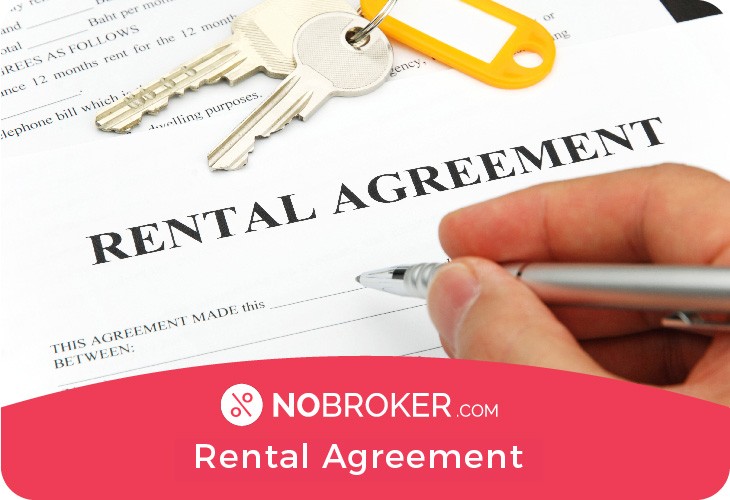
Get a rental agreement with doorstep delivery
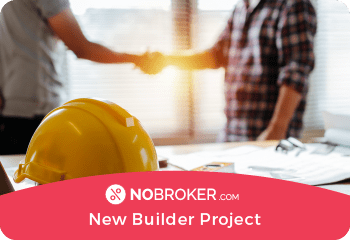
Find the BEST deals and get unbelievable DISCOUNTS directly from builders!

5-Star rated painters, premium paints and services at the BEST PRICES!
Loved what you read? Share it with others!


Submit the Form to Unlock the Best Deals Today
Check Your Eligibility Instantly

Experience The NoBrokerHood Difference!
Set up a demo for the entire community
Home Loan Down Payment: Key Strategies and Benefits
Table of Contents
As a potential homebuyer, understanding the various complex aspects of home loan down payments is crucial. In this blog, we unravel the complexities surrounding home loan down payments, providing you with actionable insights to make informed decisions. Discover the minimum down payment requirements, the impact on interest rates, and effective strategies to accumulate funds.
Empowering Your Homebuying Journey: Navigating the Essentials of Home Loan Down Payments
What is a Down Payment on Home Loan?
The down payment on a home loan is the initial sum you provide to the lender, usually a bank or financial institution, and its significance cannot be overstated.
Quality Service Guarantee Or Painting Free

Get a rental agreement with doorstep delivery

Find the BEST deals and get unbelievable DISCOUNTS directly from builders!

5-Star rated painters, premium paints and services at the BEST PRICES!
The amount you are required to put down as a down payment hinges on various factors, primarily revolving around the Loan-to-Value (LTV) ratio. This LTV ratio is a key metric that determines the proportion of the property cost covered by your loan.
After a comprehensive evaluation of this ratio, the lender will provide you with the maximum amount of housing loan you are eligible for. However, it's important to understand that you won't receive the entire property value in the form of a home loan. A portion of the property cost is your responsibility to bear. This portion is often referred to as “down payment” or your "own contribution" to the property purchase.
Here is how that works:
The Loan-to-Value (LTV) ratio is a financial metric used in the context of lending, particularly in the real estate and mortgage industry. It's a crucial factor for both lenders and borrowers when dealing with loans, especially home loans or mortgages. The LTV ratio represents the relationship between the loan amount and the appraised value or the purchase price of the property being financed. This is elaborated below in further detail.
Here's how the LTV ratio is calculated:
LTV Ratio = (Loan Amount / Property Value) * 100
Let's break down the components:
- Loan Amount: This is the amount of money you are borrowing from a lender to purchase a property. In the case of a home loan, it's the total amount of the loan that the lender approves for you.
- Property Value: This represents the appraised value of the property you intend to buy or the purchase price, whichever is lower. The property value is determined by a professional appraiser who assesses the property's worth.
The resulting LTV ratio is expressed as a percentage. It indicates how much of the property's value is covered by the loan. A lower LTV ratio means a smaller loan relative to the property's value, while a higher LTV ratio indicates a larger loan compared to the property's value.
Here's how the LTV ratio is typically used in the mortgage industry:
- Risk Assessment: Lenders use the LTV ratio to assess the risk associated with a mortgage application. A higher LTV ratio implies a greater risk for the lender because it means the borrower is taking out a larger loan compared to the property's value. This can result in higher interest rates or additional requirements for the borrower.
- Loan Approval: If a lender has maximum LTV ratio limits for a particular type of loan, it means they are specifying the highest percentage of the property's value that they are willing to finance. In this context, if the LTV ratio exceeds the lender's specified limit, it implies that the borrower is seeking a loan amount that is higher than the allowed percentage of the property's value.
Consequently, to meet the lender's criteria, the borrower may need to increase their down payment, as the down payment percentage and the LTV ratio are inversely related. A higher down payment reduces the loan amount, bringing the LTV ratio within the acceptable limit set by the lender.
- Private Mortgage Insurance (PMI): When the LTV ratio is high, borrowers may be required to pay for private mortgage insurance. PMI protects the lender in case the borrower defaults on the loan. This additional cost can increase the monthly mortgage payment for the borrower.
In summary, the Loan-to-Value (LTV) ratio is a key metric used to evaluate the risk associated with a mortgage or any loan secured by real estate. Understanding your LTV ratio and how it impacts your loan terms is crucial when you're looking to finance a property purchase.
Factors such as credit score and market conditions also influence home loan eligibility and interest rates. For a comprehensive overview of current rates across various banks, you can refer to our blog on Home Loan Interest Rates for All Banks.
How Much Minimum Down Payment Required For A Home Loan?
When it comes to securing a home loan, one of the most pressing questions for potential homebuyers is, "How much minimum down payment for a home loan is required?" To shed light on this, let's explore the guidelines established by the Reserve Bank of India (RBI) and the National Housing Bank (NHB) that dictate the Loan-to-Value (LTV) ratio for home loans.
Loan-to-Value (LTV) ratio is the key factor that decides how much of your home's cost your loan can cover. And you need to pay the rest of the property cost as the down payment to get a home loan. Let's break down the minimum down payment you need based on your property's cost:
- Homes Under 30 Lakhs: If your property is valued below 30 lakhs, you can get a loan covering up to 90%. That means you only need to make a down payment on a house for the remaining 10%.
- Homes Between 30 and 75 Lakhs: For properties in this price range, the most your loan can cover is 80%. So, you'll need to pay at least 20% of the property's cost down.
- Homes Over 75 Lakhs: If your property costs more than 75 lakhs, the highest loan-to-value ratio is 75%. This means you'll have to make a down payment of at least 25%.
Understanding these fundamental concepts of down payment meaning is crucial as it guides you in determining the amount of money you should keep aside for your down payment. Familiarity with these simple and straightforward rules empowers you to make wise decisions as you embark on your path to becoming a homeowner.
Ensuring you have all the necessary documents is vital for a smooth home loan application. Check our blog on Documents Required for a Home Loan to understand the specific paperwork needed.
Benefits Of Paying Minimum Down Payment For Home Loan
Opting for a smaller down payment example when securing a home loan can be an appealing prospect for many prospective homeowners. The decision to pay a minimal down payment offers several compelling benefits, making it a viable choice. Here's a closer look at the advantages:
- Affordability: One of the primary advantages of smaller home loan down payment options is that it renders your homeownership dreams more affordable. It eases the immediate financial burden of purchasing a home and opens doors for a broader range of potential homebuyers.
- Preservation of Savings and Investments: By opting for a minimal down payment, you won't need to deplete your critical savings or liquidate your investments to generate the required funds. This means you can safeguard your financial assets and retain flexibility in your financial planning.
- Leveraging Liquid Cash: With a smaller down payment, you can retain surplus liquid cash at your disposal. This surplus cash can be strategically channeled into other high-yielding assets or investments, potentially increasing your overall financial portfolio.
While these benefits may make a minimal down payment an attractive option, it's important to be mindful of the flip side of this decision. Choosing a smaller down payment will result in a higher home loan amount. Consequently, you will be liable to pay a larger interest amount over an extended duration. This aspect should be carefully considered when making your decision, as it has long-term financial implications.
Advantages of a High Down Payment
When it comes to securing a home loan, making a significant down payment can bring forth a multitude of benefits. Let's delve into the advantages of opting for a high down payment and how it can positively impact your home-buying journey.
- Swift Loan Approval: A substantial down payment sends a strong signal to lenders. It reflects your ability to save and showcases your high credit-worthiness. This, in turn, increases the likelihood of a swift and hassle-free loan approval process, provided you meet the necessary eligibility criteria.
- Reduced Interest Rates: A larger down payment translates to a lower Loan-to-Value (LTV) ratio. When the LTV ratio is lower, it means the loan amount is a smaller percentage of the property's value. This lower risk factor makes lenders more comfortable, and as a result, they may offer more favourable interest rates to borrowers with lower LTV ratios. With reduced interest rates, you can significantly cut down the overall cost of your home loan.
- Manageable EMIs: Making a higher down payment results in lower Equated Monthly Installments (EMIs). With lower EMIs, you can allocate your finances more efficiently, ensuring that you have the financial flexibility to pursue other monetary goals and investments.
- Accelerated Loan Repayment: Lower EMIs not only make your loan more affordable but also facilitate a quicker repayment process. This means you can potentially pay off your home loan faster, reducing the burden of long-term debt and securing your financial future more swiftly.
While it's advisable to make as substantial a down payment as possible, it's essential to strike a balance that aligns with your financial situation without compromising your savings or financial security.
Making a substantial down payment can significantly reduce your home loan amount, leading to more favourable interest rates, lower EMIs, and expedited loan repayment. However, it's crucial to assess your financial capacity and goals to determine the right down payment amount that suits your unique circumstances.
How to save for a Home Loan down payment?
Saving for a down payment on your future home is a significant financial undertaking that requires meticulous planning and dedication. Here, we'll explore effective strategies to help you accumulate the funds needed for your Home Loan down payment.
- Set a Clear Goal: The first step in your savings journey is setting a well-defined goal. Determine when you intend to purchase a home and research properties to estimate the likely purchase cost, accounting for inflation. Armed with this information, you can create a savings plan tailored to your loan for down payment on house. You have the option to opt for secure investments like Fixed Deposits (FDs) or Recurring Deposits (RDs). Alternatively, if you are willing to embrace market risks, investment avenues like Mutual Funds offer the potential for higher returns.
- Implement Budgeting: Adopting a systematic approach to budgeting is paramount. Consider following the 50/30/20 budgeting rule, which allocates 50% of your income to essentials (such as utilities, rent, insurance), 30% to discretionary spending (shopping, dining, travel), and 20% for savings and investments. This includes setting aside funds for your Home Loan down payment. Sticking to this budget rigorously will help you curb unnecessary expenses and direct more funds towards your savings goal.
- Automate Your Savings: To make saving for your Home Loan down payment as seamless as possible, consider creating a dedicated Savings Account exclusively for this purpose. Contact your bank to establish automatic transfers from your primary checking account to this specialized account. Automating your savings ensures consistency and discipline, as you steadily build the funds required for your future home purchase.
- Downsizing and Decluttering: Consider downsizing your living arrangements or selling items you no longer require. The proceeds from downsizing or selling unused items can be added to your down payment fund.
If you are exploring options for additional funds, especially in the context of an existing home loan, consider the insights provided in our blog on Home Loan Top-Up for a detailed understanding.
The ideal home loan down payment amount ultimately depends on your financial capacity. Opting for a 30-40% down payment can improve long-term affordability, but consulting your lender is crucial to pinpoint the optimal amount and minimize undue financial strain. This understanding of strategic approaches empowers you to make informed homeownership decisions.
Despite potential challenges on the path to homeownership, NoBroker Home Loan services is here to assist you. Our expertise guarantees a seamless experience, efficiently addressing any hurdles that may arise. Feel free to reach out to us for expert guidance.
Frequently Asked Questions
Confused about how much a down payment for a home loan is required? The required downpayment for a home loan typically ranges from 3% to 20% of the purchase price, depending on the lender and the type of loan you're securing.
Yes, it's possible to secure a home loan covering up to 90% of the property cost. This applies to homes valued below 30 Lakhs. In such cases, you would need to make a downpayment for the remaining 10%. However, the actual percentage may vary depending on the lender's policies and your eligibility.
Yes, obtaining a home loan without a down payment is possible through specific loan programs designed for low to moderate-income buyers, but eligibility and terms vary by lender.
The downpayment is calculated using the Loan-to-Value (LTV) ratio: LTV Ratio =(Loan Amount/Property Value)×100. The resulting LTV percentage indicates how much of the property's value is covered by the loan. One is required to pay the remaining amount as a down payment.
A 50 per cent down payment refers to the initial payment of half the purchase price of the home, which is made upfront to secure the property and reduce the amount borrowed from a lender.
Recommended Reading

Home Loan for Women in India - Interest Rates and Benefits
January 31, 2025
4820+ views
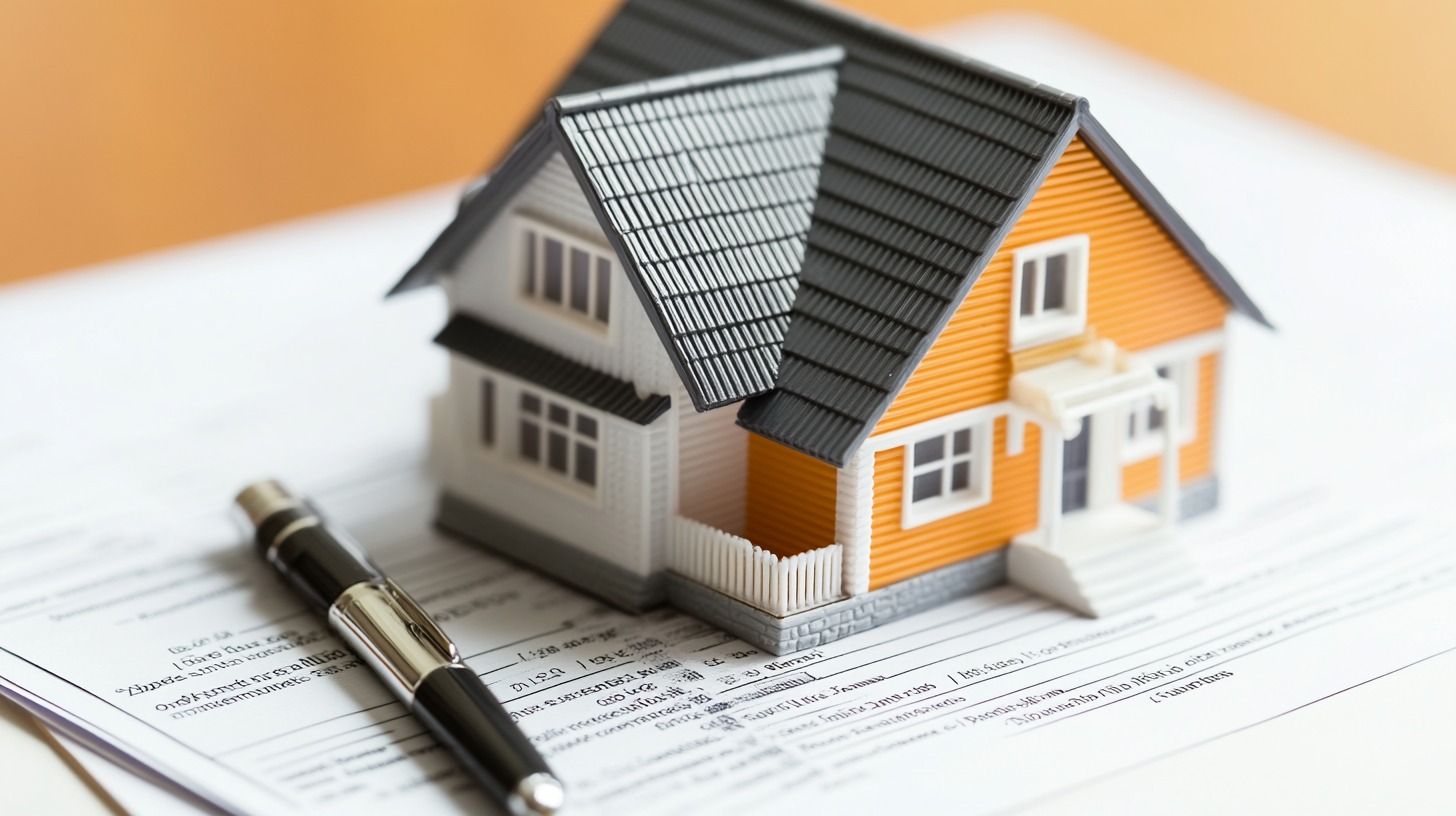
What is Home Loan Sanction Letter and Why is it So Important?
January 31, 2025
9635+ views

Buying Your Dream Home? These Are the Home Loan Documents Required in India!
January 31, 2025
3022+ views
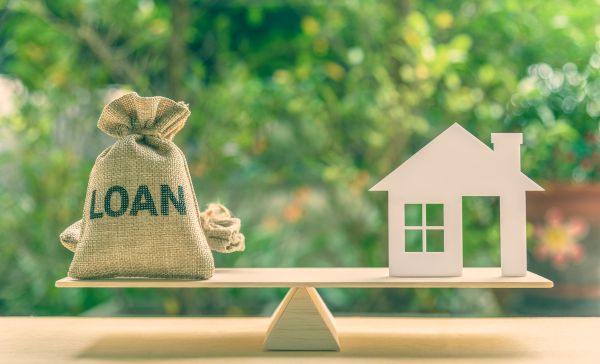
REPO Rate Linked to Home Loans
January 31, 2025
5224+ views
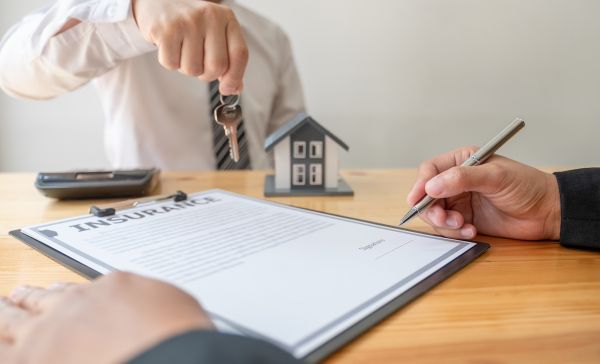
Home Loan Insurance: Protecting Your Investment
January 31, 2025
13827+ views
Loved what you read? Share it with others!
Most Viewed Articles

Home Loan Interest Rates for All Banks in March 2025
March 4, 2025
32479+ views
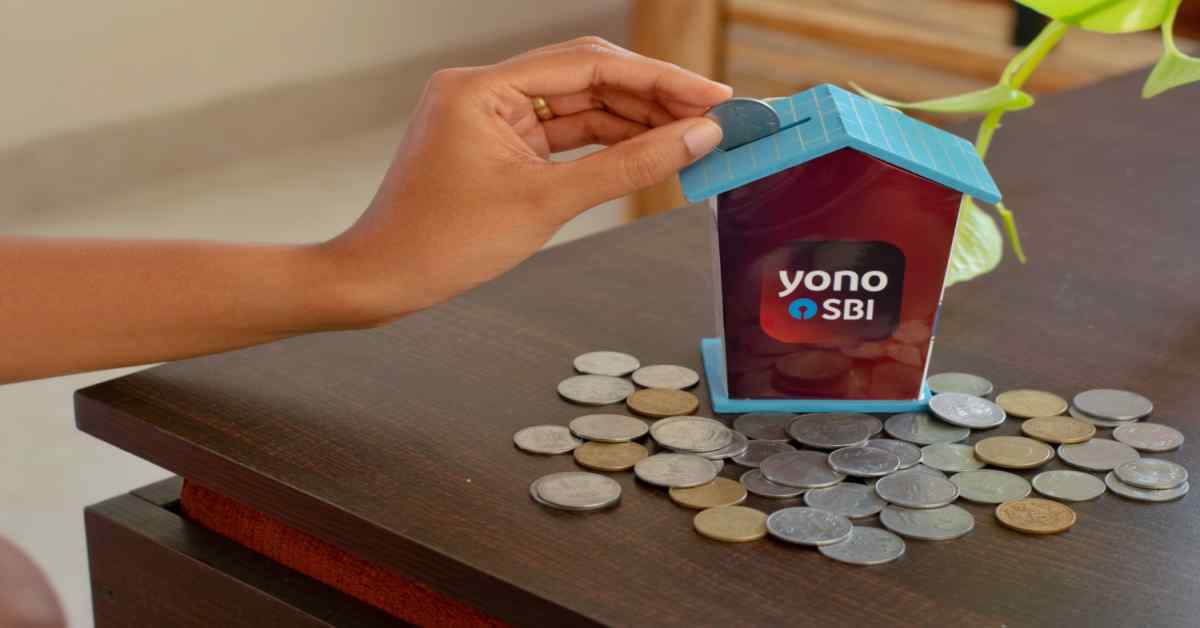
SBI Home Loan Interest Rates - Updated in March 2025
March 4, 2025
27382+ views
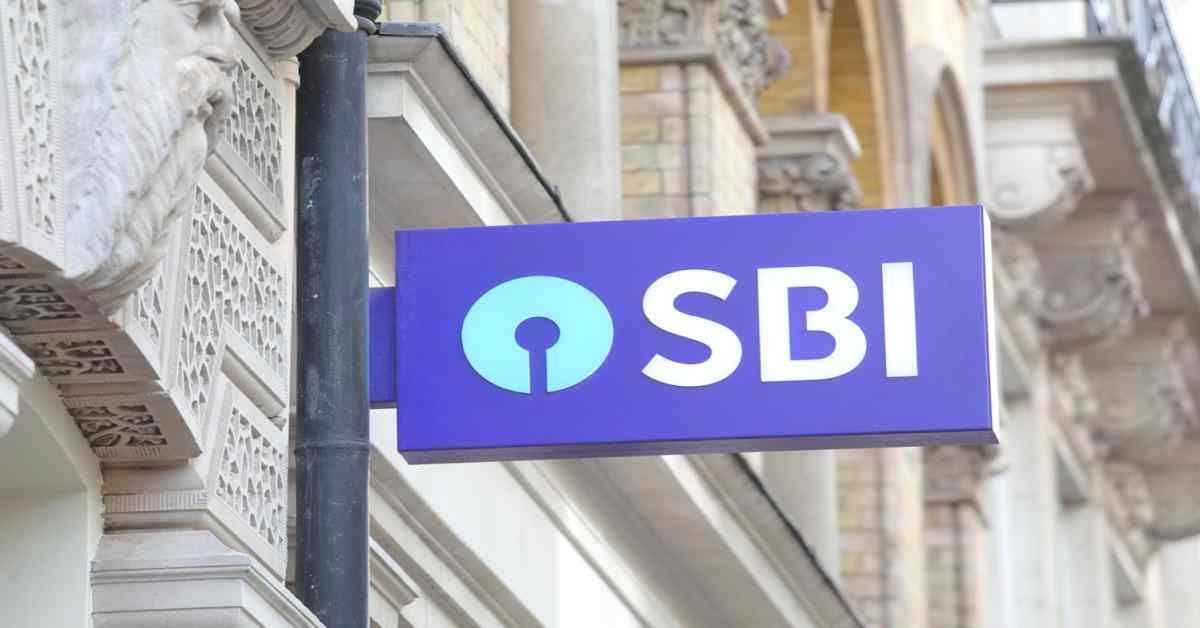
SBI Home Loan Interest Certificate: Benefits, Offline and Online Options, Get via Yono App in 2025
January 31, 2025
26916+ views

ICICI Home Loan Interest Rates - Updated in March 2025
March 4, 2025
24352+ views

Top 10 Housing Finance Companies in India
January 31, 2025
18521+ views
Recent blogs in
Union Bank Home Loan Interest Rates - Updated in March 2025
March 4, 2025 by NoBroker.com
SBI Home Loan Interest Rates - Updated in March 2025
March 4, 2025 by Siri Hegde K
IDBI Home Loan Interest Rates - Updated in March 2025
March 4, 2025 by NoBroker.com
HDFC Home Loan Interest Rates - Updated in March 2025
March 4, 2025 by NoBroker.com




Join the conversation!